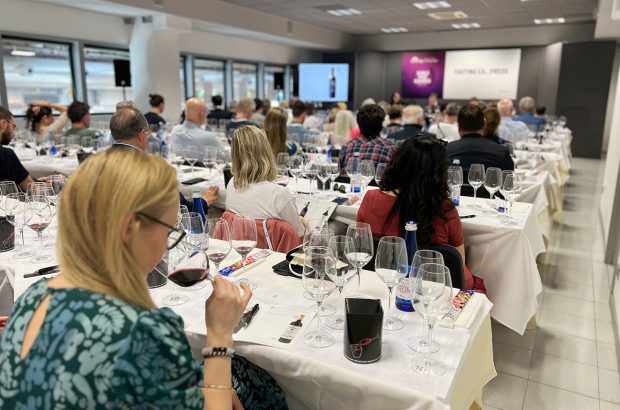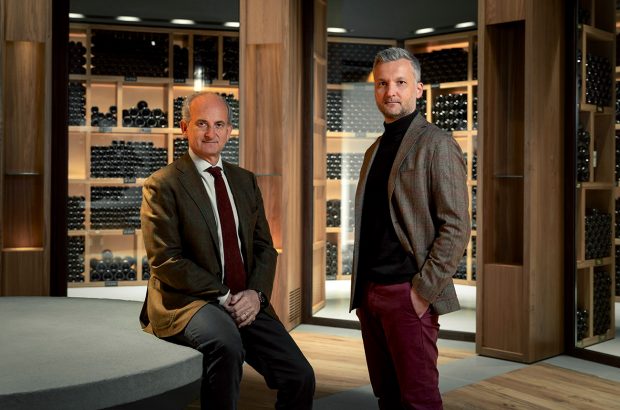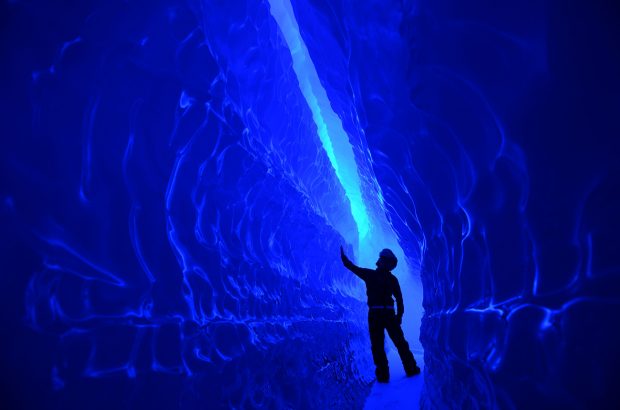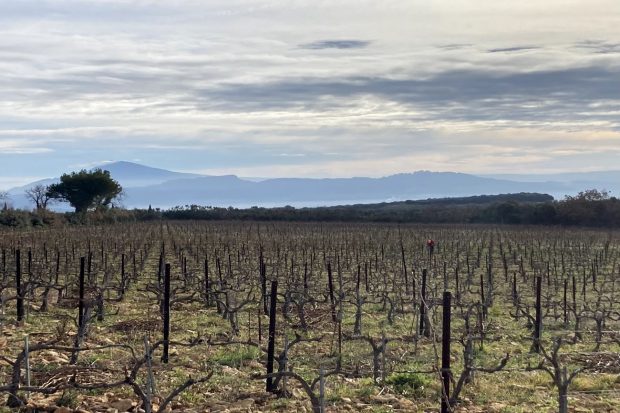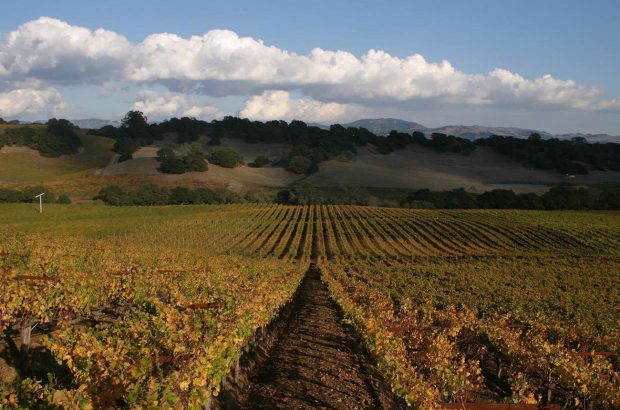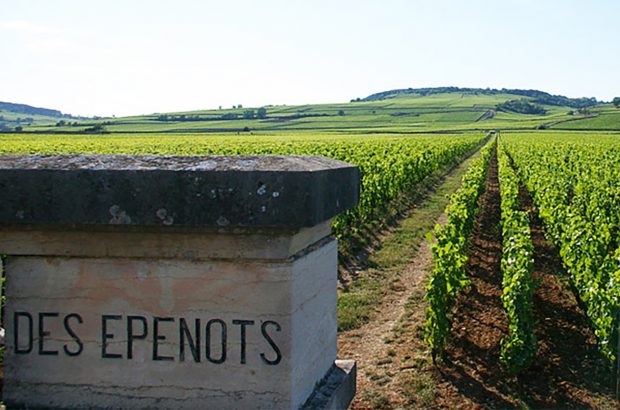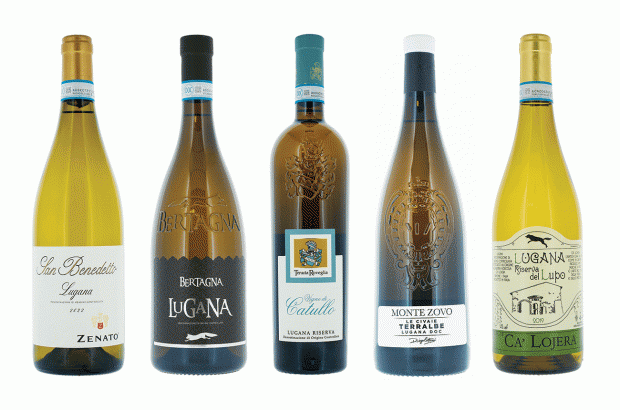Champagne is the world’s most famous sparkling wine, its secondary fermentation in the bottle known as la methode Champenoise.
But before the monks Dom Ruinart and Dom Perignon realised the potential of capturing bubbles in bottles – thanks to advances in glass technology and with the relatively new medium of cork as a stopper – the wines were originally still.
Scroll down for Steven’s tasting notes from a recent Charles Heidsieck Coteaux Champenois tasting
As the laws of appellation came into being in the early 1930s, the still wines took the clumsy title Vin Originaire de la Champagne Viticole, to be changed in 1953 to Vin Nature de la Champagne. While this expressed exactly what it was – and there were some excellent examples of grand cru Chardonnays from the Cote de Blancs and grand cru Pinot Noirs from the Montagne de Reims (Bouzy especially) – the INAO changed the name in 1974 to Coteaux Champenois.
What had been a wine for the connoisseur from specific vineyards of quality could now be produced from all over the region and of course it was not, as the sparkling version was, better and much more profitable.
By the mid 1980s, these wines had vanished from the market, leaving only two brands of note: Moet & Chandon’s white Château de Saran from the château’s vineyards outside Epernay, and Bollinger’s red La Cote aux Enfants from a plot of Pinot Noir behind the cellars in Aÿ.
{"content":"PC9wPgo8aDM+VGFzdGluZyBDb3RlYXV4IENoYW1wZW5vaXM8L2gzPgo8cD5TbyBJIHdhcyB2ZXJ5IHBsZWFzYW50bHkgc3VycHJpc2VkIHJlY2VudGx5IHRvIHRhc3RlIGZvdXIgd2hpdGUgQ290ZWF1eCBDaGFtcGVub2lzIHdpbmVzIGZyb20gdGhlIDIwMTcgdmludGFnZSwgYWxsIDEwMCUgQ2hhcmRvbm5heSBhbmQgZWFjaCBmcm9tIGFuIGluZGl2aWR1YWwgY3J1LCBjcmVhdGVkIGJ5IEN5cmlsIEJydW4sIGNoZWYgZGUgY2F2ZXMgYXQgQ2hhcmxlcyBIZWlkc2llY2suPC9wPgo8cD5BcyBCcnVuIHN0YXRlZCB3aGlsZSBwcmVzZW50aW5nIHRoZXNlIG5ldyB3aW5lcywg4oCYQmVmb3JlIHRoZSBidWJibGVzIGFwcGVhciwgYWxsIG91ciB3aW5lcyBhcmUgc3RpbGwgYW5kIGl0IGlzIGZyb20gdGhlc2Ugd2luZXMgdGhhdCBvdXIgaW50dWl0aW9uIGd1aWRlcyBvdXIgY2hvaWNlIG9mIGJsZW5kcy4gV2hpbGUgd2Ugd2VyZSB0YXN0aW5nIHRoZSB3aW5lcyBmcm9tIDIwMTcsIGZvdXIgYmFycmVscyBtYWRlIGFuIGVub3Jtb3VzIGltcHJlc3Npb24gb24gbWUuIFRoZXNlIGdlbXMgYW1vbmdzdCB3aW5lcywgbXkgdmVyeSBmYXZvdXJpdGVzLCBjYW4gbm93IGJlIHNoYXJlZCB3aXRoIGFsbCBvZW5vcGhpbGVzIGVhZ2VyIHRvIGV4cGVyaWVuY2UgYSBmYWNldCBvZiBteSB3b3JrIGFzIGEgYmxlbmRlci7igJk8L3A+CjxkaXYgY2xhc3M9ImFkLWNvbnRhaW5lciBhZC1jb250YWluZXItLW1vYmlsZSI+PGRpdiBpZD0icG9zdC1pbmxpbmUtMyIgY2xhc3M9ImlwYy1hZHZlcnQiPjwvZGl2PjwvZGl2Pgo8cD5Gb3IgYW55b25lIHdobyBoYXMgdGFrZW4gcGFydCBpbiB0aGUgYXJkdW91cyB0YXN0aW5nIG9mIHZpbnMgY2xhaXJzIGluIHRoZSBzcHJpbmcgZm9sbG93aW5nIHRoZSB2aW50YWdlLCBpdOKAmXMgdGhlIGRpZmZlcmVuY2VzIGJldHdlZW4gdGhlIHZpbGxhZ2VzIGFuZCBjcnVzIHRoYXQgY291bnQsIGNvbXBsZW1lbnRpbmcgZWFjaCBvdGhlciBpbiB0aGUgZmluYWwgYmxlbmQuIE9uZSBvciB0d28gb2YgdGhlc2UgaW5kaXZpZHVhbCB3aW5lcywgc29tZXRpbWVzIHNldmVyYWwsIHdpbGwgc3RhbmQgb3V0IGFuZCBiZWNvbWUgYSBwcml6ZWQgY29tcG9uZW50LjwvcD4KPHA+PGltZyBjbGFzcz0ibGF6eWxvYWQgYmx1ci11cCBhbGlnbmNlbnRlciBzaXplLWxhcmdlIHdwLWltYWdlLTQyMTA1NiIgc3JjPSJodHRwczovL3d3dy5kZWNhbnRlci5jb20vd3AtY29udGVudC90aGVtZXMvc2ltYmEtdGhlbWUvYXNzZXRzL2ltYWdlcy9wbGFjZWhvbGRlci5wbmciIGRhdGEtc3JjPSJodHRwczovL2tleWFzc2V0cy50aW1laW5jdWsubmV0L2luc3BpcmV3cC9saXZlL3dwLWNvbnRlbnQvdXBsb2Fkcy9zaXRlcy8zNC8yMDE5LzA3L0NvdGVhdXgtQ2hhbXBlbm9pcy02MzB4NDE3LmpwZyIgYWx0PSJDb3RlYXV4IENoYW1wZW5vaXMiIHdpZHRoPSI2MzAiIGhlaWdodD0iNDE3IiBkYXRhLXNpemVzPSJhdXRvIiBkYXRhLXNyY3NldD0iaHR0cHM6Ly9rZXlhc3NldHMudGltZWluY3VrLm5ldC9pbnNwaXJld3AvbGl2ZS93cC1jb250ZW50L3VwbG9hZHMvc2l0ZXMvMzQvMjAxOS8wNy9Db3RlYXV4LUNoYW1wZW5vaXMtNjMweDQxNy5qcGcgNjMwdywgaHR0cHM6Ly9rZXlhc3NldHMudGltZWluY3VrLm5ldC9pbnNwaXJld3AvbGl2ZS93cC1jb250ZW50L3VwbG9hZHMvc2l0ZXMvMzQvMjAxOS8wNy9Db3RlYXV4LUNoYW1wZW5vaXMtMTM1eDg5LmpwZyAxMzV3LCBodHRwczovL2tleWFzc2V0cy50aW1laW5jdWsubmV0L2luc3BpcmV3cC9saXZlL3dwLWNvbnRlbnQvdXBsb2Fkcy9zaXRlcy8zNC8yMDE5LzA3L0NvdGVhdXgtQ2hhbXBlbm9pcy0zMDB4MTk4LmpwZyAzMDB3LCBodHRwczovL2tleWFzc2V0cy50aW1laW5jdWsubmV0L2luc3BpcmV3cC9saXZlL3dwLWNvbnRlbnQvdXBsb2Fkcy9zaXRlcy8zNC8yMDE5LzA3L0NvdGVhdXgtQ2hhbXBlbm9pcy0zMjB4MjEyLmpwZyAzMjB3LCBodHRwczovL2tleWFzc2V0cy50aW1laW5jdWsubmV0L2luc3BpcmV3cC9saXZlL3dwLWNvbnRlbnQvdXBsb2Fkcy9zaXRlcy8zNC8yMDE5LzA3L0NvdGVhdXgtQ2hhbXBlbm9pcy02MjB4NDEwLmpwZyA2MjB3LCBodHRwczovL2tleWFzc2V0cy50aW1laW5jdWsubmV0L2luc3BpcmV3cC9saXZlL3dwLWNvbnRlbnQvdXBsb2Fkcy9zaXRlcy8zNC8yMDE5LzA3L0NvdGVhdXgtQ2hhbXBlbm9pcy05MjB4NjA5LmpwZyA5MjB3LCBodHRwczovL2tleWFzc2V0cy50aW1laW5jdWsubmV0L2luc3BpcmV3cC9saXZlL3dwLWNvbnRlbnQvdXBsb2Fkcy9zaXRlcy8zNC8yMDE5LzA3L0NvdGVhdXgtQ2hhbXBlbm9pcy0xMjIweDgwNy5qcGcgMTIyMHcsIGh0dHBzOi8va2V5YXNzZXRzLnRpbWVpbmN1ay5uZXQvaW5zcGlyZXdwL2xpdmUvd3AtY29udGVudC91cGxvYWRzL3NpdGVzLzM0LzIwMTkvMDcvQ290ZWF1eC1DaGFtcGVub2lzLmpwZyAxMzAwdyIgc2l6ZXM9IihtYXgtd2lkdGg6IDYzMHB4KSAxMDB2dywgNjMwcHgiIC8+PC9wPgo8ZGl2IGNsYXNzPSJhZC1jb250YWluZXIgYWQtY29udGFpbmVyLS1tb2JpbGUiPjxkaXYgaWQ9InBvc3QtaW5saW5lLTQiIGNsYXNzPSJpcGMtYWR2ZXJ0Ij48L2Rpdj48L2Rpdj4KPGRpdiBjbGFzcz0iaW5qZWN0aW9uIj48L2Rpdj4KPHA+QnkgcmVzZXJ2aW5nIHRoZXNlIGZvdXIgYmFycmVscywgZWFjaCB2ZXJ5IGRpZmZlcmVudCwgdG8gcHJlc2VudCB0aGVtIGluIHRoZWlyIHB1cmUsIG5hdHVyYWwgbm9uLXNwYXJrbGluZyBzdGF0ZSwgQnJ1biBoYXMgb2ZmZXJlZCB0byB0aGUgb2Vub3BoaWxlIHNvbWV0aGluZyB0aGF0IGhhZCBiZWVuIGFsIGJ1dCBsb3N0LjwvcD4KPGRpdiBjbGFzcz0iYWQtY29udGFpbmVyIGFkLWNvbnRhaW5lci0tbW9iaWxlIj48ZGl2IGlkPSJwb3N0LWlubGluZS01IiBjbGFzcz0iaXBjLWFkdmVydCI+PC9kaXY+PC9kaXY+CjxwPlNvbGQgb25seSBpbiBmb3VyLWJvdHRsZSBjYXNlcyBhdCBhbiBSUlAgb2YgwqMyOTAsIHRoZXNlIGFyZSBub3QgY2hlYXAgYnV0IGd1YXJhbnRlZSBhIGhpZ2ggbGV2ZWwgb2YgcGxlYXN1cmUgYW5kIGludGVyZXN0ICYjODIxMTsgYnV0IHNuYXAgdGhlbSB1cCBxdWlja2x5IGFzIG9ubHkgMzAwIG9mIHRoZXNlIGNhc2VzIGFyZSBhdmFpbGFibGUgd29ybGR3aWRlLjwvcD4KPHA+Cg=="}
{}
{"wineId":"31565","displayCase":"standard","paywall":true}
{"wineId":"31562","displayCase":"standard","paywall":true}
{"wineId":"31563","displayCase":"standard","paywall":true}
{"wineId":"31564","displayCase":"standard","paywall":true}
{}
You may also like:
Top Côte des Blancs wineries to visit
Insider tips for pairing Champagne with food
What makes a good Bordeaux vintage?







